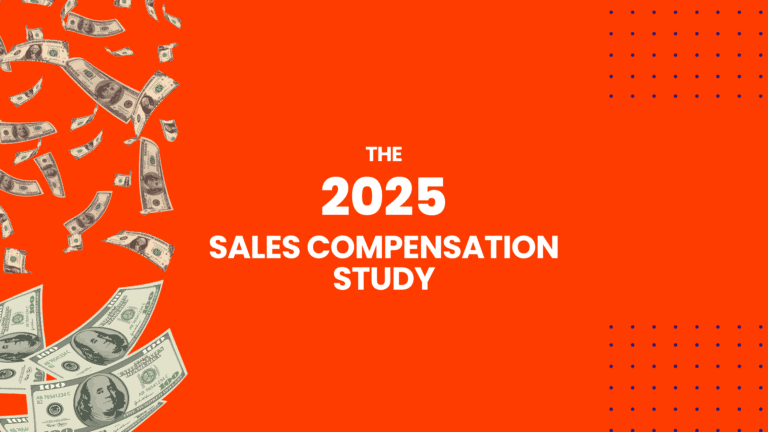AI is no longer just a technology conversation; it’s a leadership imperative. As the CEO of an executive search firm specializing in digital transformation, I see firsthand how AI is reshaping not only what leaders do, but how they must think and engage across marketing, sales, technology, operations, and finance.
Here’s the truth most aren’t admitting:
Many executives have implemented AI tools and learned prompt engineering, but few have fundamentally changed the way they lead. The winners in 2025 and beyond won’t be those who simply use AI for automation—they’ll be the leaders who treat AI as a strategic thought partner, redefining their relationship with technology to unlock growth, drive innovation, and boost profitability.
Why Leadership, Not Just Tech, Must Transform
- AI is accelerating change: By 2030, 70% of professional skills will have shifted, and 60% of leaders expect AI to transform their organizations.
- Most leaders are behind: While 90% of executives use AI for productivity, only 10% use it strategically.
- The real opportunity: AI isn’t about replacing jobs, but about up-skilling talent and empowering leaders to drive value in new ways.
From Automation to Augmentation: The CRIT Framework
To lead with AI, executives must move beyond treating it as a glorified assistant. Geoff Woods, author of The AI-Driven Leader, recommends the CRIT framework to engage AI as a boardroom advisor:
- Context: Provide relevant background.
- Role: Assign AI a strategic lens (e.g., “You are my CFO”).
- Interview: Let AI question you to surface deeper insights.
- Task: Set a clear, strategic objective.
This approach transforms AI from a tactical tool into a thought partner for strategic thinking and decision-making.
The Future-Ready Leader: What It Takes
- Adaptive leadership: As technology advances, authentically human leadership becomes more critical. Leaders must create environments where people and AI collaborate, fostering collective intelligence and transparent dialogue.
- Up-skilling at every level: AI literacy and continuous learning are now essential for all leaders, not just technologists. Up-skilling existing talent ensures organizations remain competitive and innovative.
- Redesigning work: Leaders must break down jobs into tasks, deploy AI where it fits, and define where humans add unique and irreplaceable value. This isn’t just workforce optimization—it’s workforce empowerment.
Your 30-Day Leadership Challenge
- Place two sticky notes on your desk: “How can AI help me do this?” Use the CRIT framework above, daily, on one strategic challenge.
- Treat AI as a top-tier analyst whose output you consider and evaluate—not just copy.
The Bottom Line
The future of work demands leaders who are equally as fluent in technology as they are in strategy. The real risk isn’t AI, it’s waiting too long to lead with AI.
The organizations that thrive will be those whose leaders embrace AI as a catalyst for transformation, not just efficiency.





